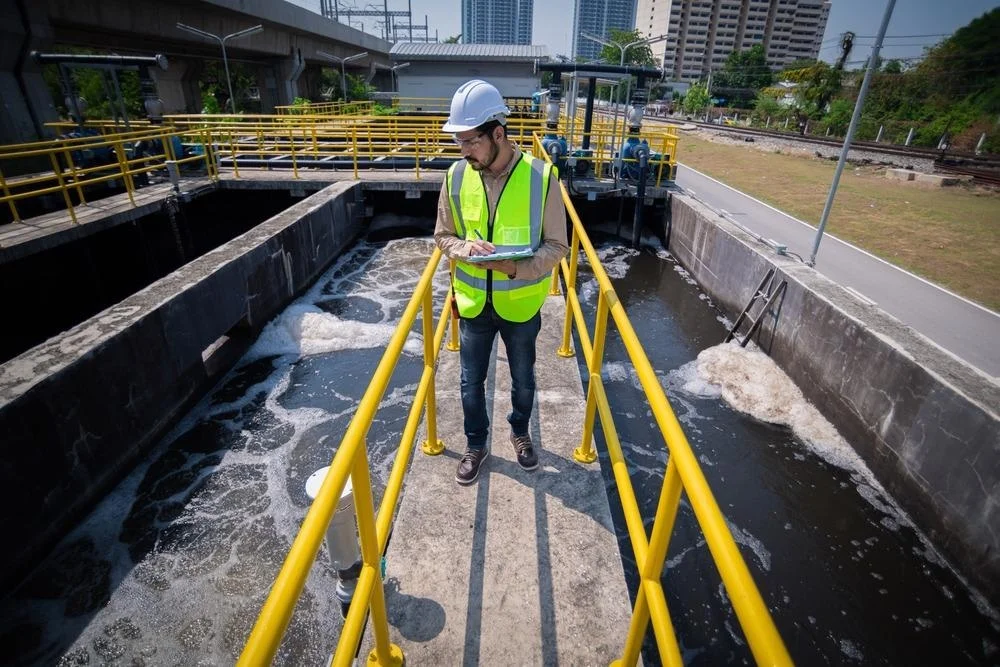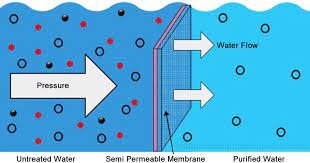PFAS Filtration Systems for Home: An Expert’s Guide to Safe Drinking Water
Introduction
In recent years, the growing awareness of per- and polyfluoroalkyl substances (PFAS) has piqued the concern of homeowners, health advocates, and environmental engineers alike. PFAS are a group of synthetic chemicals that have been widely used in various industries since the 1940s, primarily for their water- and grease-resistant properties. They are commonly found in products such as non-stick cookware, water-repellent fabrics, and firefighting foams. Alarmingly, PFAS have been linked to a range of serious health issues, including cancer, liver damage, and hormonal disruption. As awareness escalates, the question of how to effectively filter these hazardous substances from drinking water becomes paramount. This article aims to provide a comprehensive understanding of PFAS filtration systems for home use, detailing their importance, operational mechanisms, types, and installation guidance.
The Importance of PFAS Filtration Systems
Understanding PFAS: The Silent Contaminants
PFAS compounds have earned the nickname "forever chemicals" due to their persistent nature in the environment. According to industry analysis from 2024, water sources in more than 45 states have tested positive for PFAS contamination, highlighting the urgent need for effective filtration solutions. The U.S. Environmental Protection Agency (EPA) has established a five-part action plan intended to reduce PFAS levels in drinking water. Homeowners must recognize that conventional water treatment plants often fall short in removing these compounds, necessitating the deployment of advanced filtration systems.
Identifying the Problem: Sources of PFAS Contamination
PFAS can infiltrate our drinking water through various channels, including:
- Industrial discharges
- Landfills and wastewater treatment facilities
- Agricultural runoff containing PFAS-treated products
- Firefighting activities
Understanding these sources can empower homeowners to take proactive measures in regard to their water safety.
Regulatory Landscape: Evolving Standards and Guidelines
As of July 2025, regulatory measures surrounding PFAS are rapidly evolving. The EPA has introduced more stringent guidelines, including a maximum contaminant level (MCL) for certain PFAS in drinking water. Understanding these regulations is crucial for homeowners seeking compliance and safety.
Types of PFAS Filtration Systems for Home Use
Selecting the most suitable filtration system hinges on a clear understanding of the types available, each utilizing different technologies for PFAS removal.
1. Activated Carbon Filters
Overview
Activated carbon filters are one of the most common household PFAS filtration options. They use a porous carbon source to adsorb contaminants, including certain PFAS compounds.
Effectiveness
Research has shown that while activated carbon can reduce some PFAS levels, it may not be effective against all types. Specific studies indicate that long-chain PFAS compounds, such as PFOA and PFOS, tend to bind well, while shorter-chain variants may not.
2. Reverse Osmosis Systems
Overview
Reverse osmosis (RO) systems employ a semi-permeable membrane to remove contaminants from water.
Effectiveness
Research published by the National Institute of Environmental Health Sciences underscores that RO systems are highly effective for PFAS removal, often achieving over 90% reduction. It is crucial for homeowners to assess system specifications to verify efficacy against target PFAS.
3. Ion Exchange Resins
Overview
Ion exchange technology utilizes resin beads that swap ions with contaminants in the water, including PFAS molecules.
Effectiveness
According to EPA data from late 2024, ion exchange systems have proven effective against both long- and short-chain PFAS. However, they require regular maintenance and can be cost-prohibitive for some homeowners.
4. UV Light Treatment
Overview
Ultraviolet (UV) light treatment offers a non-chemical method to deactivate harmful microorganisms, but its role in PFAS removal is limited.
Effectiveness
Research indicates that while UV light can sanitize water, it does not break down PFAS compounds. Consequently, it is not advisable as a standalone filtration method but can be integrated with other systems.
5. Whole House Filtration Systems
Overview
A whole-house filtration system treats all water entering a home’s plumbing system.
Effectiveness
These systems frequently combine multiple technologies, such as activated carbon and reverse osmosis, to provide comprehensive PFAS removal. While effective, initial costs and installation can be substantial.
Installation and Maintenance of PFAS Filtration Systems
Steps for Installation
- Site Assessment: Evaluate water quality through testing for PFAS and establish your specific filtration needs.
- Select a System: Choose a filtration system based on effectiveness, budget, and maintenance requirements.
- Professional Installation: Consider hiring certified plumbing professionals for proper installation. Regulatory compliance may necessitate verification.
Maintenance Requirements
- Filter Replacement: Adherence to manufacturer guidelines on replacement intervals for cartridges or membranes is crucial.
- System Monitoring: Regular water testing is essential to ensure that the filtration system continues to perform effectively.
Case Studies and Real-World Applications
Successful Implementation Examples
Several case studies highlight the successful implementation of PFAS filtration systems:
- A study in a suburban community that switched from municipal water supply to individual treatment systems showed a significant reduction in PFAS exposure among residents, resulting in decreased health complaints.
- Another case demonstrated a local school district that installed a reverse osmosis system, effectively safeguarding children’s health.
Consumer Testimonials
Homeowners across the nation have reported peace of mind following the installation of PFAS filtration systems. One family stated, "After learning about the risks of PFAS in our area, we opted for a reverse osmosis system. The taste of our water has improved, and we feel much safer."
Conclusion
As homeowners grapple with the complexities of PFAS contamination, implementing effective filtration systems has become both a necessity and a public health imperative. Through a comprehensive understanding of filtration options, regulatory guidelines, and maintenance needs, individuals can empower themselves to make informed decisions for their families and communities. Investing in a PFAS filtration system not only safeguards drinking water but also contributes to a broader cultural shift towards health preservation and environmental responsibility.
Taking decisive action today will ensure safer water for generations to come, therefore allowing us to reclaim the safety and purity we expect in our homes.
The information provided in this guide is aimed at fostering a well-rounded understanding of PFAS filtration systems for home use, delivering actionable insights backed by recent studies and expert recommendations. As policies may continue to evolve, staying informed will remain crucial for continued effectiveness in safeguarding against PFAS contamination.
source https://www.waterandwastewater.com/pfas-filtration-systems-for-home/


No comments:
Post a Comment